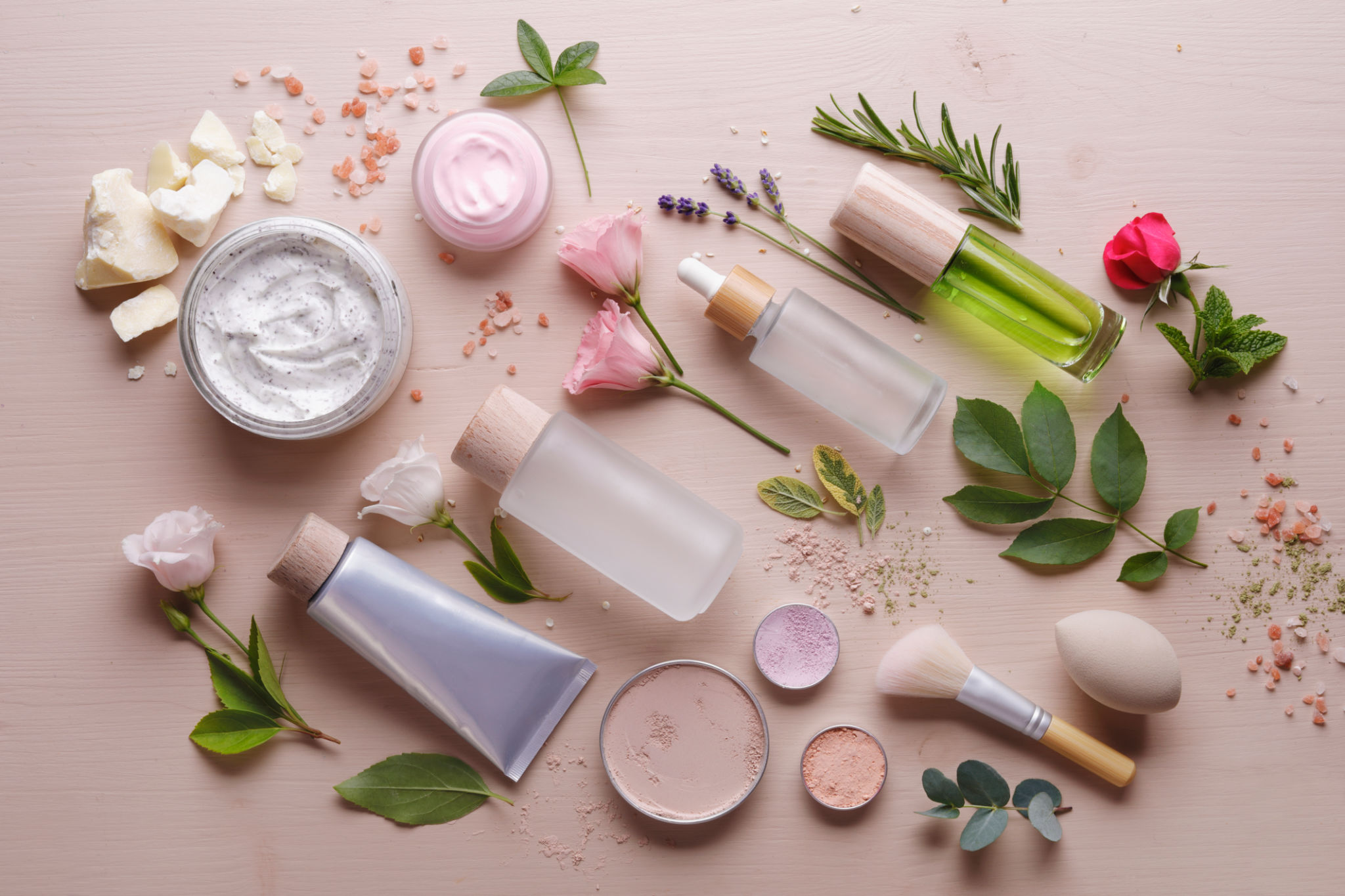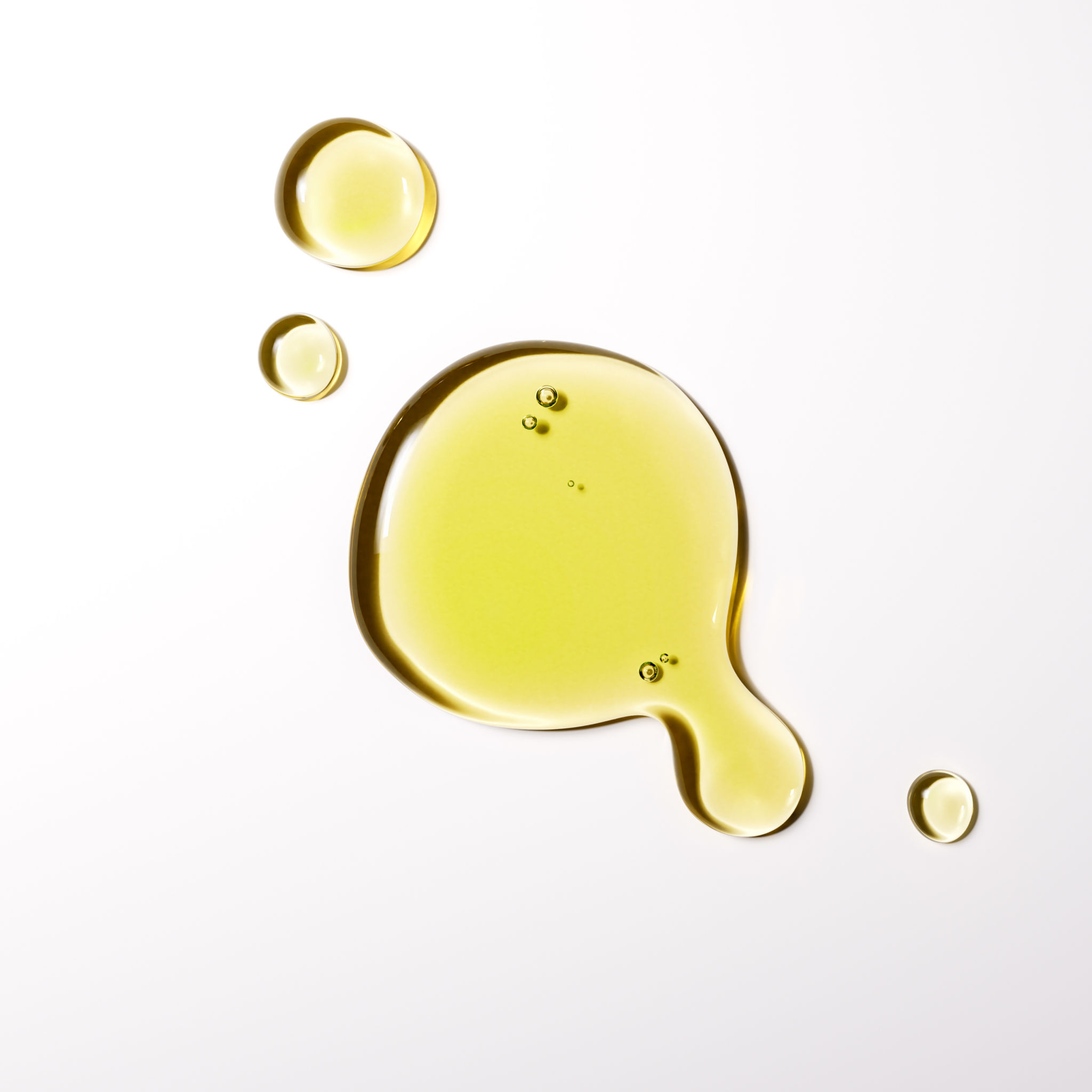DIY Perfume Blending: Create Your Signature Scent at Home
Introduction to DIY Perfume Blending
Have you ever wished for a fragrance that perfectly embodies your personality and style? Creating your own signature scent at home is not only a fun and creative process but also allows you to craft a perfume that is uniquely yours. With a few basic ingredients and tools, you can embark on this aromatic journey and discover the art of perfume blending.

Understanding Perfume Notes
Before you start blending, it's essential to understand the concept of perfume notes. A fragrance is typically structured in three layers: top, middle, and base notes. Each layer plays a crucial role in the overall scent profile.
Top notes are the first impression of the fragrance, usually light and refreshing, and evaporate quickly. Middle notes, also known as heart notes, emerge after the top notes fade and form the core of the fragrance. Lastly, base notes are the foundation of the perfume, providing depth and longevity.
Choosing Your Ingredients
Selecting the right ingredients is key to creating a balanced blend. Essential oils are a popular choice for DIY perfumes due to their pure and concentrated nature. Consider using oils like lavender, bergamot, sandalwood, and vanilla, which offer a wide range of scents to experiment with.

Tools You Will Need
Gathering the right tools will ensure a smooth blending process. You will need:
- A selection of essential oils
- Carrier oils such as jojoba or sweet almond oil to dilute the essential oils
- Small glass bottles with droppers for mixing and storing your blends
- Pipettes for accurate measurement
- A notebook to document your creations
The Blending Process
Once you have your ingredients and tools ready, it's time to start blending. Follow these steps to create your perfume:
- Decide on the ratio: A common formula is 20% top notes, 50% middle notes, and 30% base notes.
- Build your base: Start by adding base notes to your bottle using a pipette.
- Add heart: Incorporate your chosen middle notes, ensuring they complement the base.
- Finish with a flourish: Introduce top notes to complete the blend.
- Mix thoroughly: Gently shake the bottle to blend the oils together.

Testing Your Scent
After blending, it's important to let your perfume sit for at least 48 hours. This resting period allows the oils to harmonize and develop a more cohesive fragrance. When you're ready, test your creation by applying a small amount to your wrist and allowing it to dry.
Adjusting Your Blend
If you're not entirely satisfied with your first attempt, don't be discouraged. Perfume blending is an art that takes practice. Adjusting proportions or trying different combinations can lead to new discoveries. Remember to jot down any modifications in your notebook for future reference.
Conclusion: Enjoy Your Unique Scent
Creating your own perfume at home is an enriching experience that lets you express yourself in a truly personal way. Experiment with different oils, trust your instincts, and most importantly, have fun with the process. With time and creativity, you'll craft a scent that's distinctly yours.